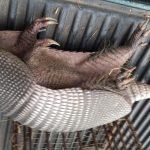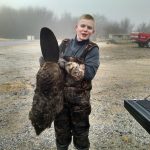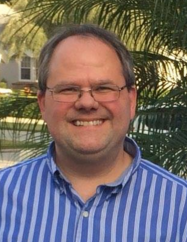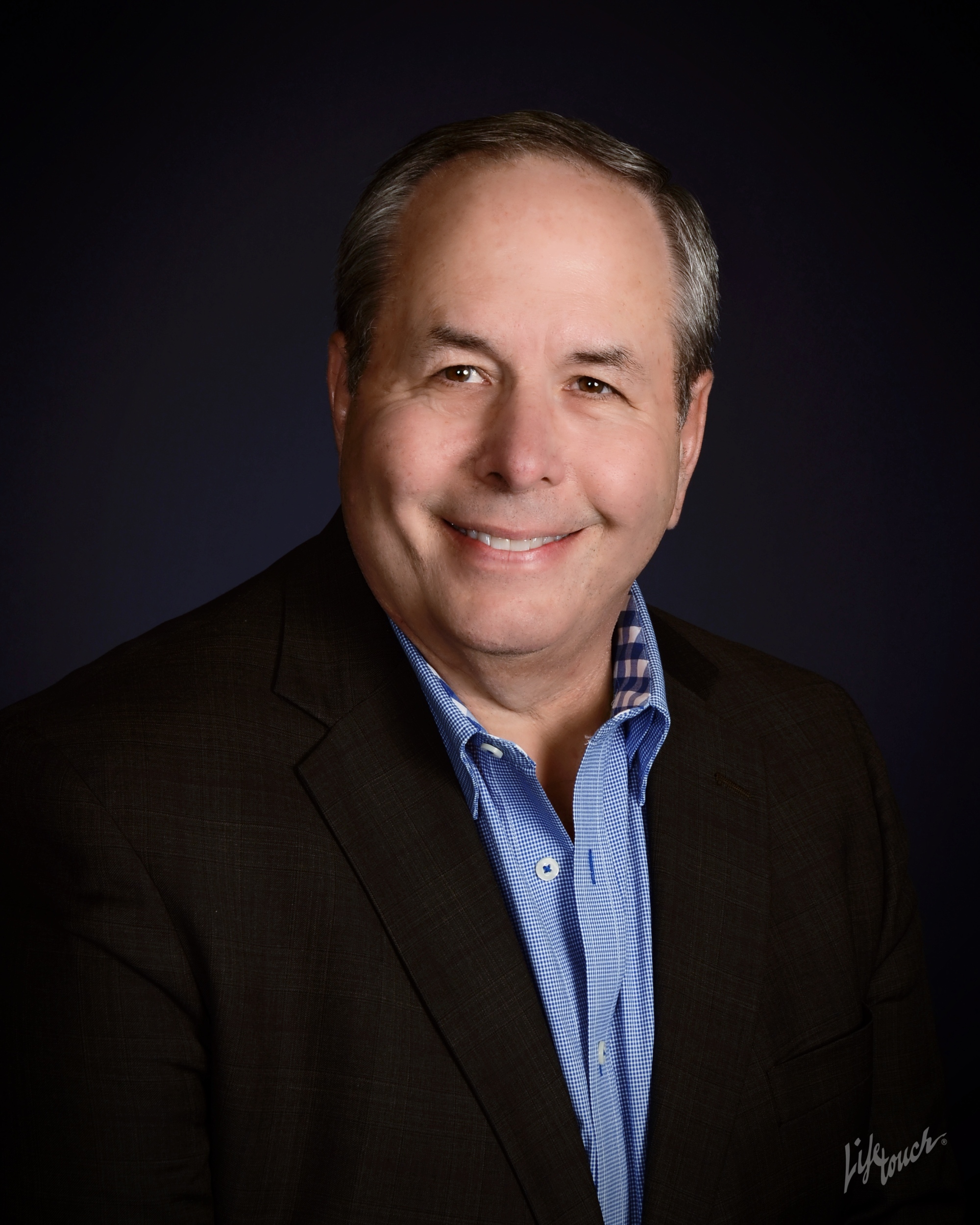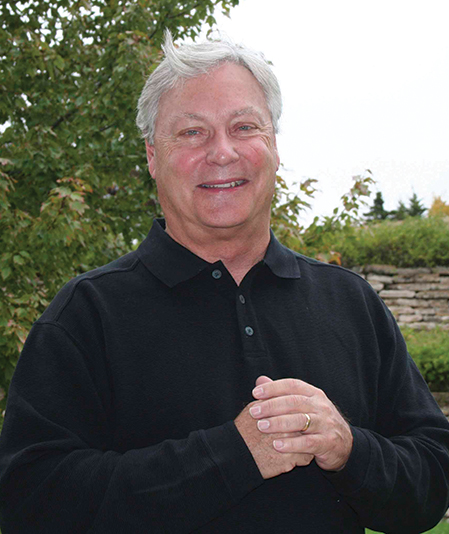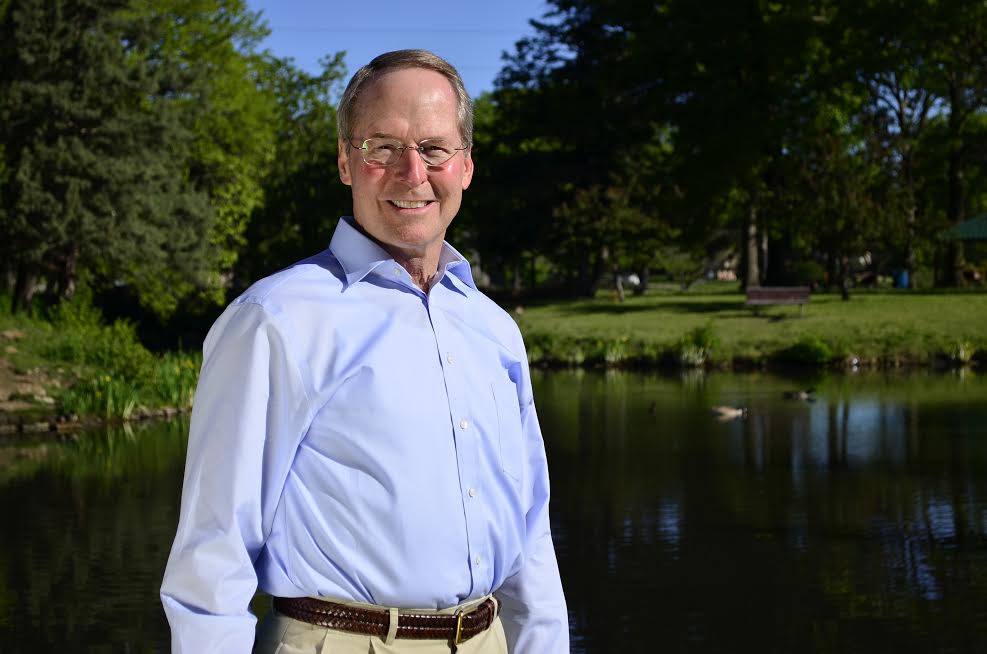I think overall wildlife have done a much better job of coexisting with man than we have done coexisting with them. If you think living in town excludes wildlife from our presence (other than the obvious resident squirrels and cottontails) think again. Possums, skunks, raccoons, beavers, foxes, coyotes and now in south central Kansas, even armadillos are right at home among us. I’m sure most Midwesterners, and residents of large western cities realize that fact, but I’ll bet many residents of huge eastern cities find that fact hard to swallow. Wildlife coexist with us in our towns incident-free for-the-most-part, even coyotes, but they all have their good, bad and ugly qualities.

Possums eat about anything but they especially love dog and cat food, which is always available in dog and cat bowls somewhere around town. Opossums, as they are correctly called really have no good or bad side, but are just plain ugly looking with a mug only a mother possum could love. They can usually be kept from your yard by excluding them from living under porches and outbuildings, and by cleaning up leftover dog and cat food.
Skunks have lived among us for ages and I guess their one good quality could be their appetite for grubs which they will dig for greedily. When I was a kid in Ohio we had an invasion of June bugs one year, which begin life underground as grubs. Skunks were riddling the local golf course greens nightly digging for those grubs and preventing that many from ever becoming mature June bugs, but that appetite also got them in big trouble with the golf course crew. Obviously a skunks worst quality is the stench that results from any unfortunate encounter with them, but they awfully cute when their little.
Try as I might, I can’t come up with a good quality to assign to a raccoon. They are mischievous devils that can break into most anything and are infamous for turning over trash cans, they can squeeze through the tiniest opening to get into an attic or storage building, they make a mess wherever they go and are known rabies carriers. Once again, they are cute when they’re little, but like every other cute little critter, they grow-up!
Beavers are truly a mixed bag of the good, the bad and the ugly. Over time they have probably created more wildlife habitat than all human conservationists combined, as each time they dam up a wilderness stream or river, the resulting pools and ponds provide room and board for an endless variety of wildlife. The problem is the location of those dams. In the mountains and hills or even in a pasture off the beaten path, where those dams and resulting ponds are of no hindrance to man or agriculture, all is well. The problem is that all too often here in the Midwest, their dams flood valuable farm land or roads and streets around city park ponds, and then they become the bad and the ugly.
I always spend a day or two at the state trapper’s booth at the Kansas State fair, and last year a lady from Galva stopped to tell us that Galva was overrun with red foxes and people were losing house cats right and left. I already knew that Hutchinson was home to several red fox families, and our local conservation officer confirmed that Galva and a few other towns around also in fact have a more than healthy red fox population. I’ve since learned that we too in Inman are home to a red fox family. Red foxes and coyotes do not coexist well, so red foxes have adapted to live quite well in towns and cities. They help keep feral cat populations in check, as well as numbers of cottontails, pigeons, rats and mice. As far as I’m concerned, that is all good, except when someone’s pet house cat is in the wrong place at the wrong time.
In 2012 the coyote population in the city of Chicago was estimated to be over 2000. Chris Nagy with a group called Gotham Coyote Project that studies New York Cities coyotes told me that the Bronx along sports a healthy population of around a dozen breeding pairs, and the coyote population of New York City and all its suburbs combined would be in the thousands. Every year I trap a handful of coyotes just a stone’s throw from the Inman city limits. The coyote has long been known as the most versatile carnivore in America, adapting quite well to life in suburbs and inner cities. Out in the county in the wild, the coyote definitely has a bad and ugly reputation because of the livestock and deer fawn numbers they kill. Coyotes are a tad more aggressive and intimidating than foxes and I suspect that reputation alone gets them labeled as bad and ugly in suburbia too despite the pest control service they provide.
For the past few years armadillos have been steadily creeping northward and are now fairly common in south central KS. They too are grub eaters and will make a mess of golf course greens and lawns. I caught one last year for a homeowner at Prairie Hills Golf Course north of Hutchinson; the critter was digging up her lawn in search of snacks. They are very interesting creatures, but like the possum, not much good can be said for them.
Like I said, God’s critters are much better at adapting to us than we are adapting to them. I guess in town, they can all be seen as good, bad or ugly depending on the scenario. One of the many questions I have for God, is “What did you feed all these varmints on the boat ride here? Did you keep grubs in stock? Did you have peanut butter and jelly for the coon’s sweet tooth? How in the world did you keep them all from eating each other?” It all begs the question “I wonder how critters would rate us, good, bad or ugly?” I don’t think I really want to know! Continue to Explore Kansas Outdoors!
Steve Gilliland, Inman, can be contacted by email at [email protected].


